|
We went out and experimented with reading radiation but I think it’s a not very accurate phone app. It was interesting to get completely random readings. The reading under the pylon was quite low while the reading by the river was very high. This was more of a psychogeographic exploration than a scientific experiment, but the main thing is that even at the highest readings the levels at Chernobyl would have been 1000s of times higher. It would be nice to have an actual Geiger counter but they are quite expensive and we quite like the idea of using an EMF-emitting phone to read EMF radiation. Extract from Chernobyl Prayer, a book recommended to us in our last post which is a very interesting set of memoirs by people living in or affected by the exclusion zone. The Shape of the Synth The interesting thing about Chernobyl is that the story is never quite told. There is missing information about what really took place. This element of mystery gives the whole thing an added layer of intrigue. It's interesting that the May Day celebrations still went ahead despite the high levels of dangerous radiation, and that all footage of the parades has now disappeared from the Ukraine national archives: time.com/4313139/post-chernobyl-parade/ When we built the Fort Processor it was based on Newhaven Fort. Since then we have looked at other fortification layouts and discovered "La fortification démonstrée et réduicte en art", a diagrammatic book, by 16th century mathematician Jean Errard. The drawings in this have helped us form a basis for the shape of the synth. The fortification surrounding Chernobyl took the form of lies, cover ups and untruths that still persist today. Part of the cover up of the true impact included not having a system to track the deaths and labelling deaths as something other than radiation sickness. As we now know the effects of radiation can manifest themselves much later as cancers, deformations, mutations of cells, thyroid illness, stroke, heart failure. As recounted in the videos in our previous post, the Chernobyl liquidators suffered with their health for the rest of their lives. In many ways we have two disasters, one is the explosion itself and he other is the fortification surrounding the truth. It is only because the survivors of this disaster have been so vigilant with telling their stories that we form a realistic picture. The shape of the decontamination zone would have proved problematic as a PCB and liable to break or awkward to balance when playing. But we wanted to keep both the shape of the decontamination zone and the exclusion zone within the artwork and this will be incorporated into the design and shape. The shapes seen in Jean Errard's book are reminiscent of sacred geometry. This helps us to expand our esoteric ideas around the concept of a noise synth as an esoteric instrument. Interestingly when asked what it was like on the roof of Reactor 4, photographer Igor Kostin, who went up there to photograph the Bio Robots at work, said "I was struck by the mystical feeling there”. Other people involved also were known to describe the sky as having a beautiful glow. The 'Bio-robots' at work, photograph by Igor Kostin. https://atomicphotographers.com/photographers/igor-kostin/ The Circuit Initial Phases Here we are experimenting on breadboard with finding a distorted clicking noise which sounds like a geiger counter reading high levels. It is reported that the radiation meters available to Chernobyl workers only measured 500 roentgen but that the levels were off the scale, probably in excess of 1000. The initial sounds which we found were ok but we felt it needed something else as this geiger counter sound was not interesting enough on its own.We decided to try a circuit with power starve and drain. The large capacitors are suitable for this and effective at creating a gradually changing, draining noise similar to the sound we imagine Reactor 4 would make when it was turned off and then turned on again right before the explosion. We also added a switch so that this section could be on or off.The design we had in mind would have a lot of touch pads around the edges of the PCB. Here we test a mockup of touch-controlled oscillators. These prototype touch pads are made from stripboard. In this photo we are trying the synth out thru a filter pedal in order to decide whether we should add a filter section. This was very effective and added another dimension to the circuit and improved the overall playability of the synth. An extract from Chernobyl Prayer. It shows how they had the trial on the Chernobyl site. This is very strange.
|
AuthorLisa McKendrick Archives
May 2024
Categories |
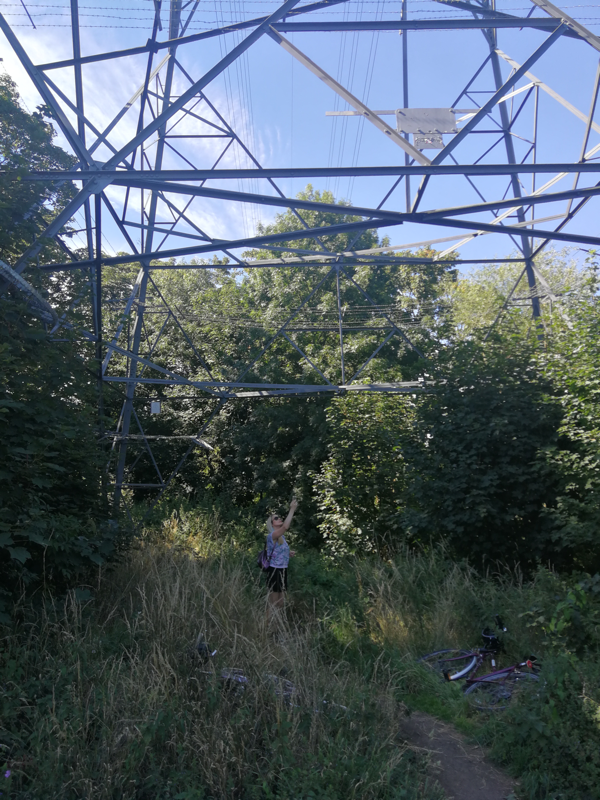
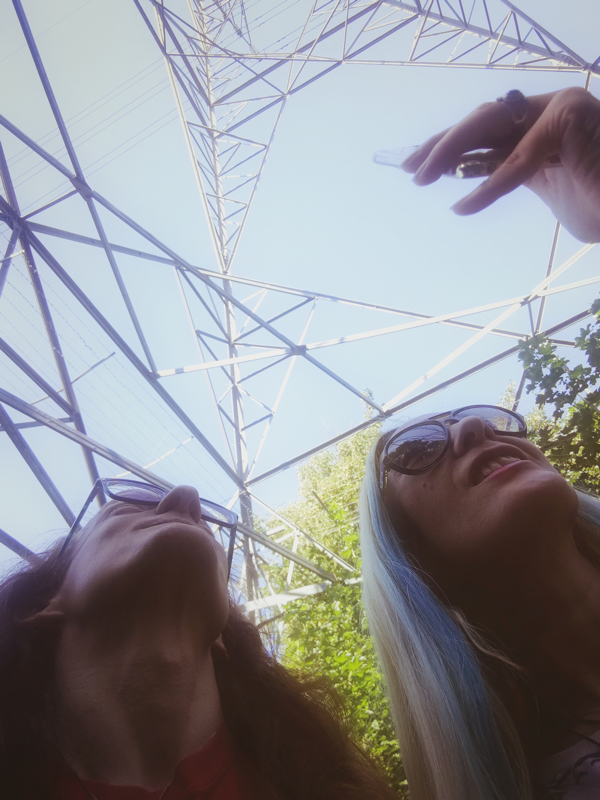
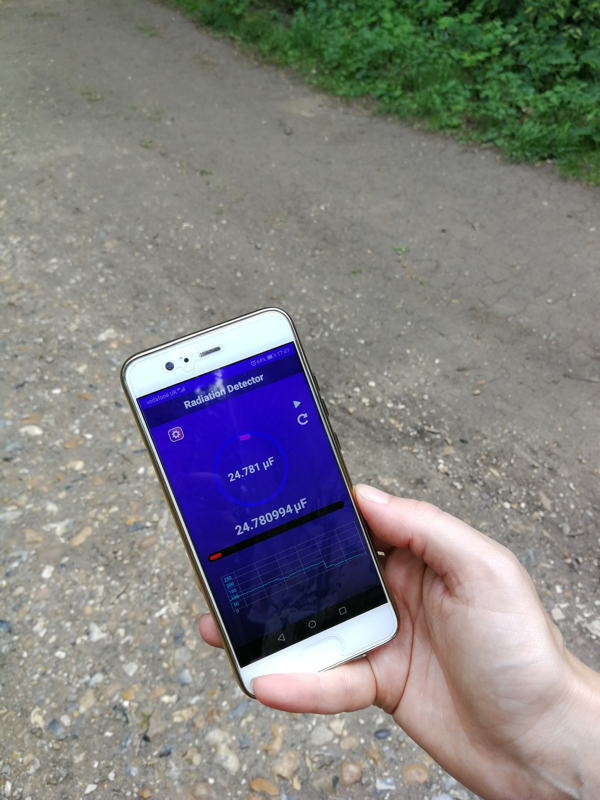
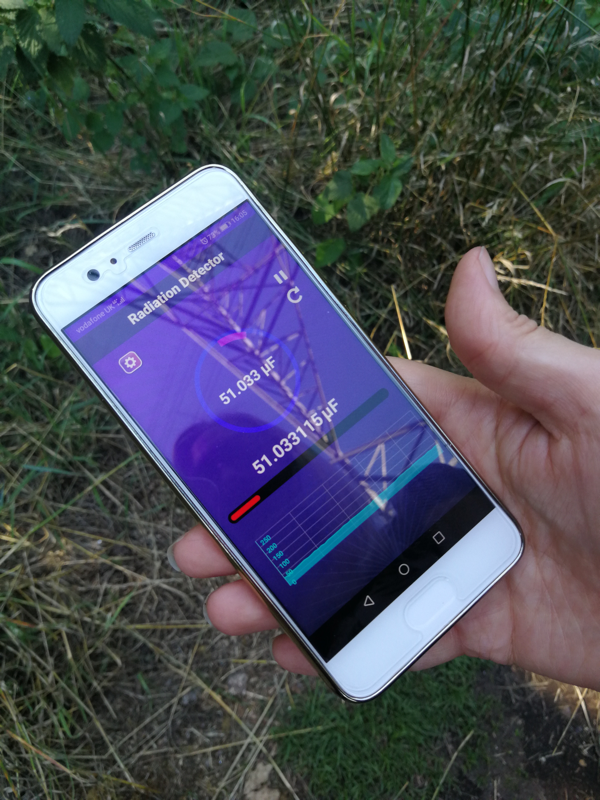
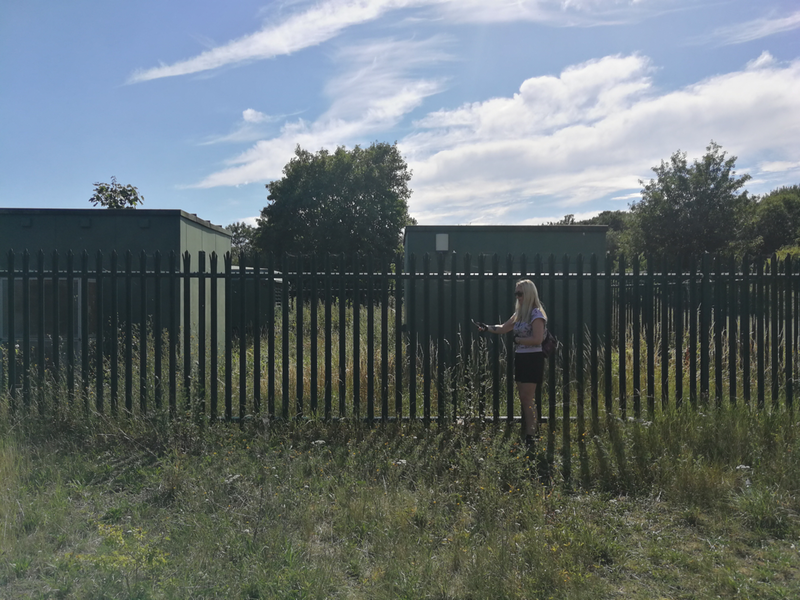

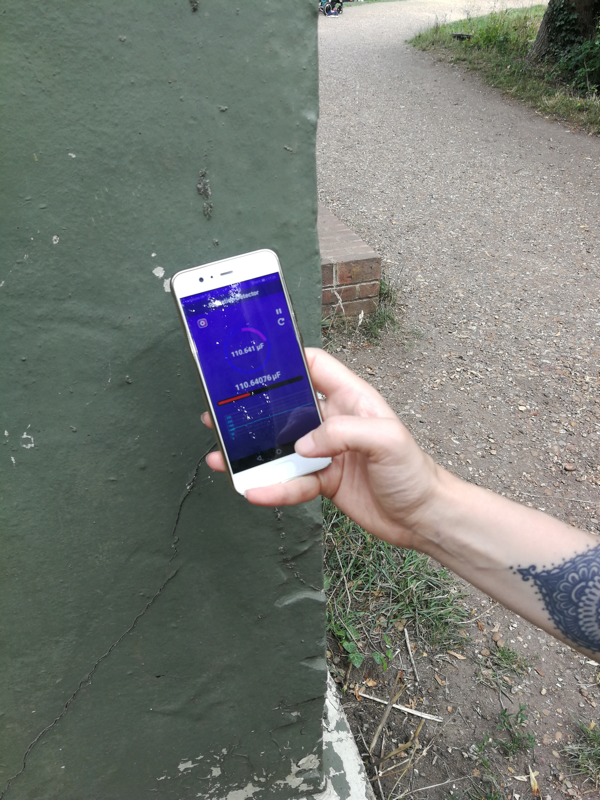
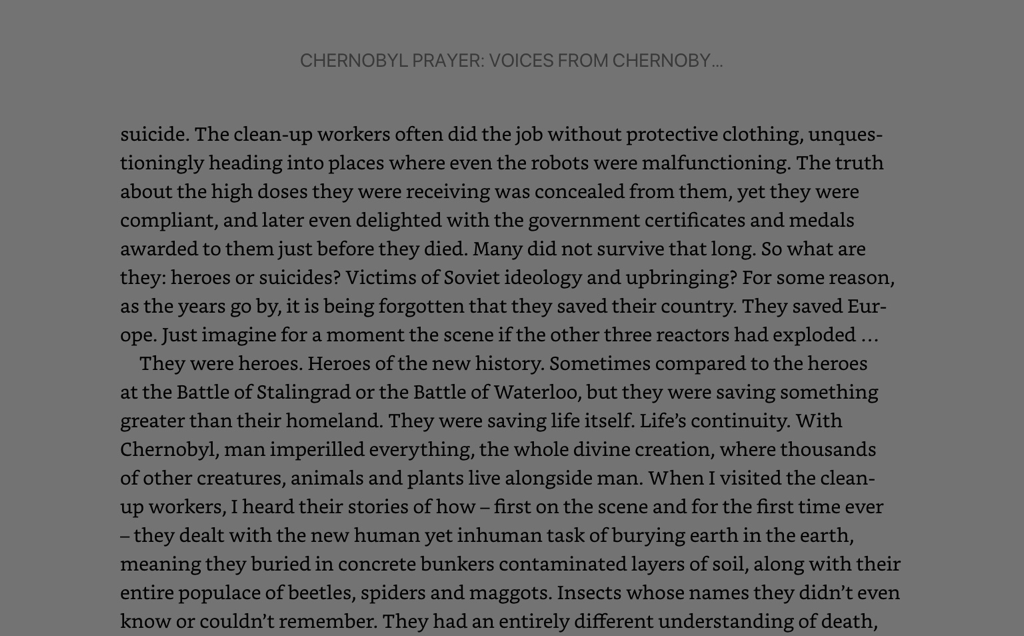
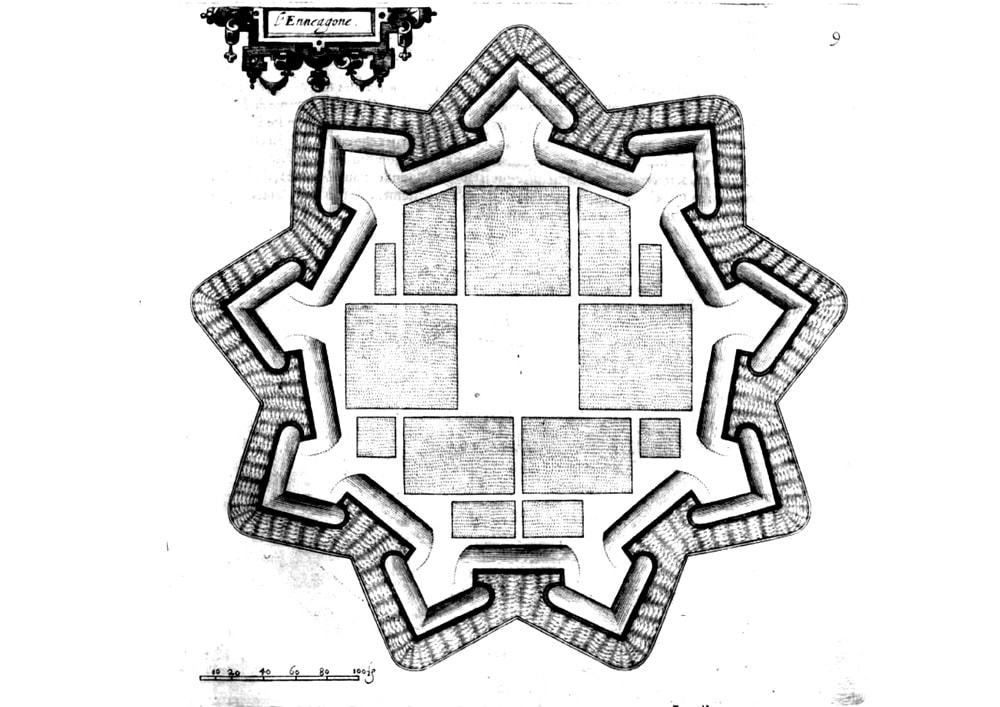
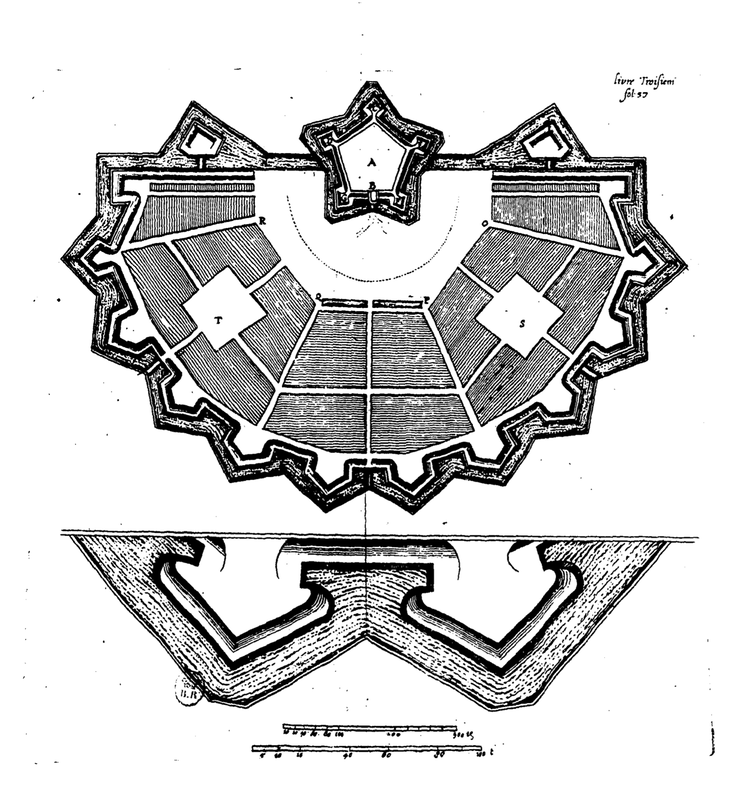
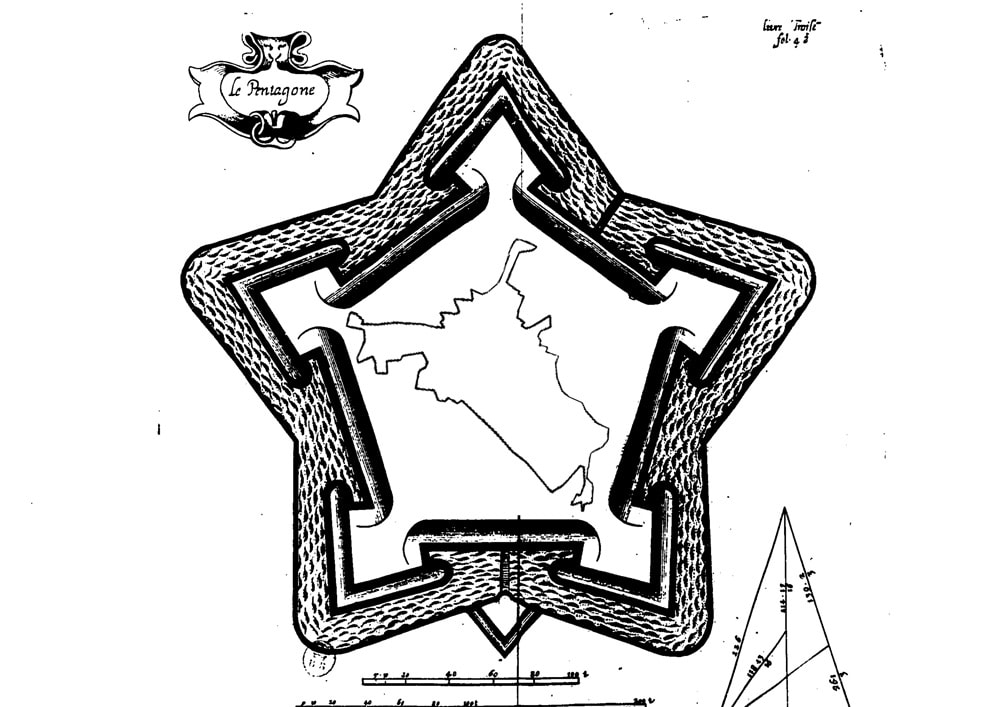
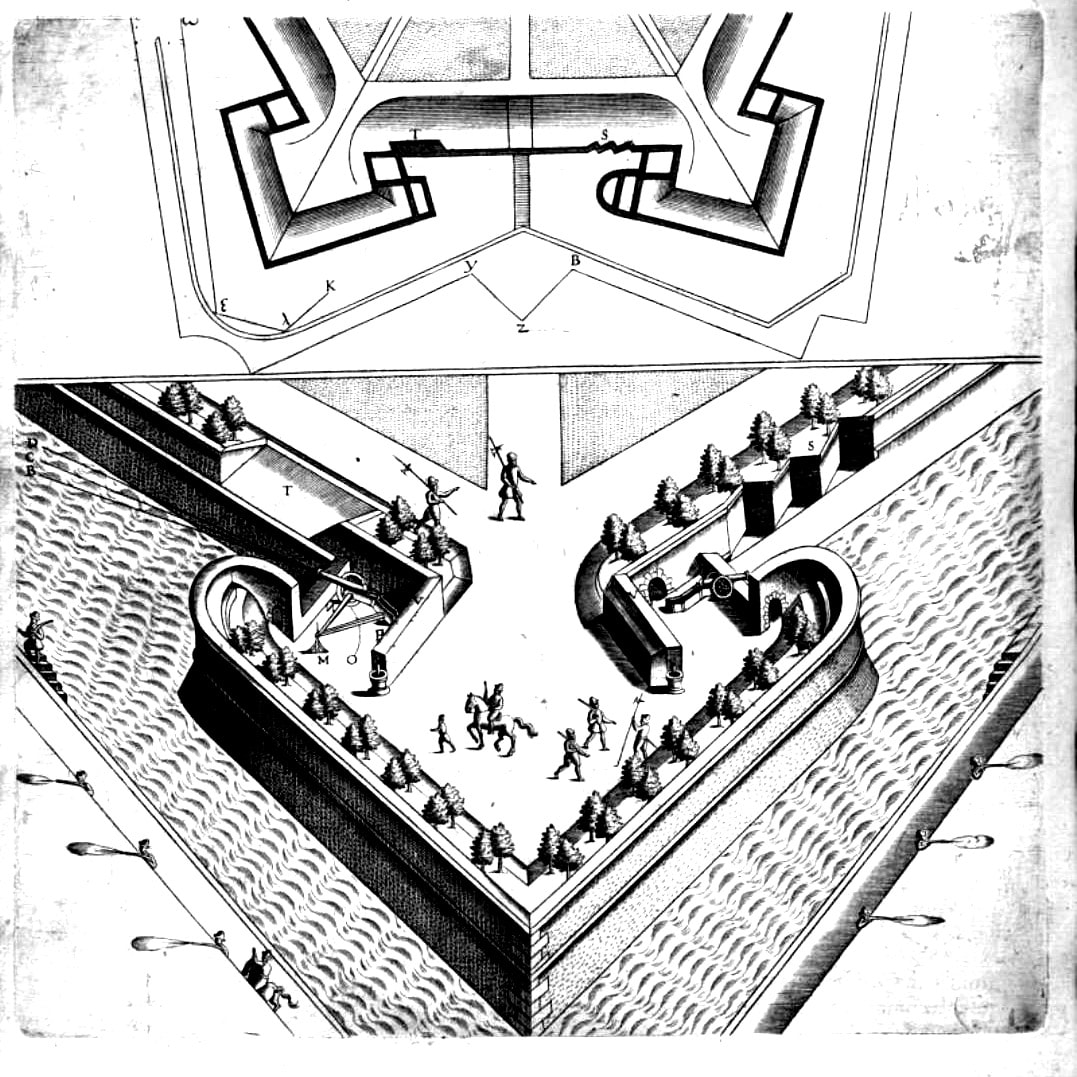
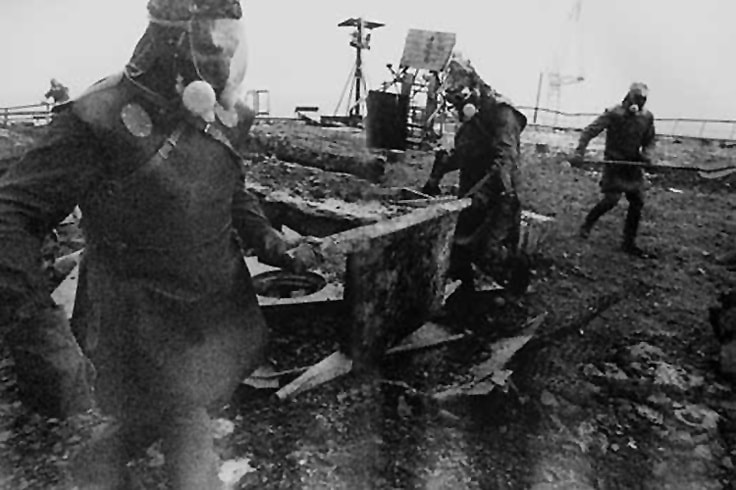
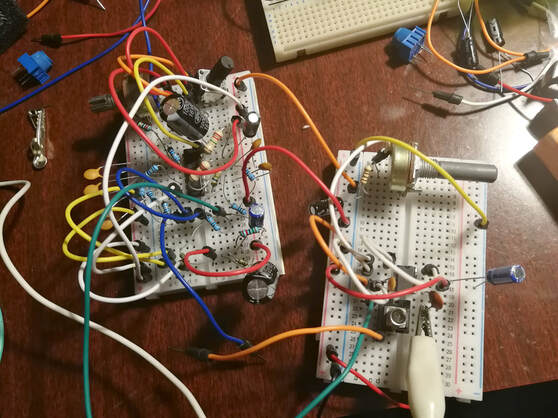
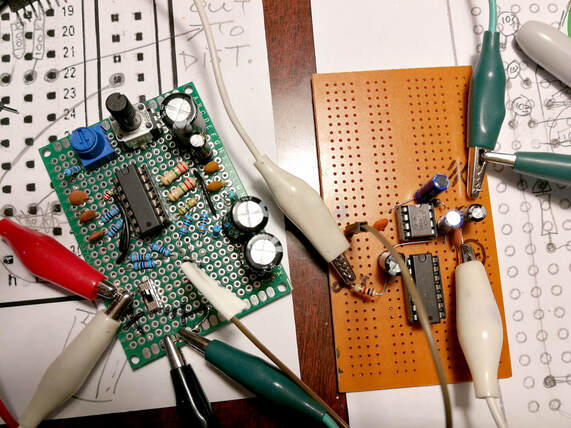
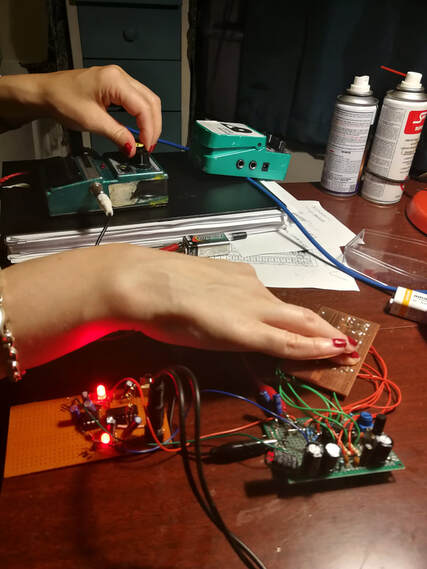
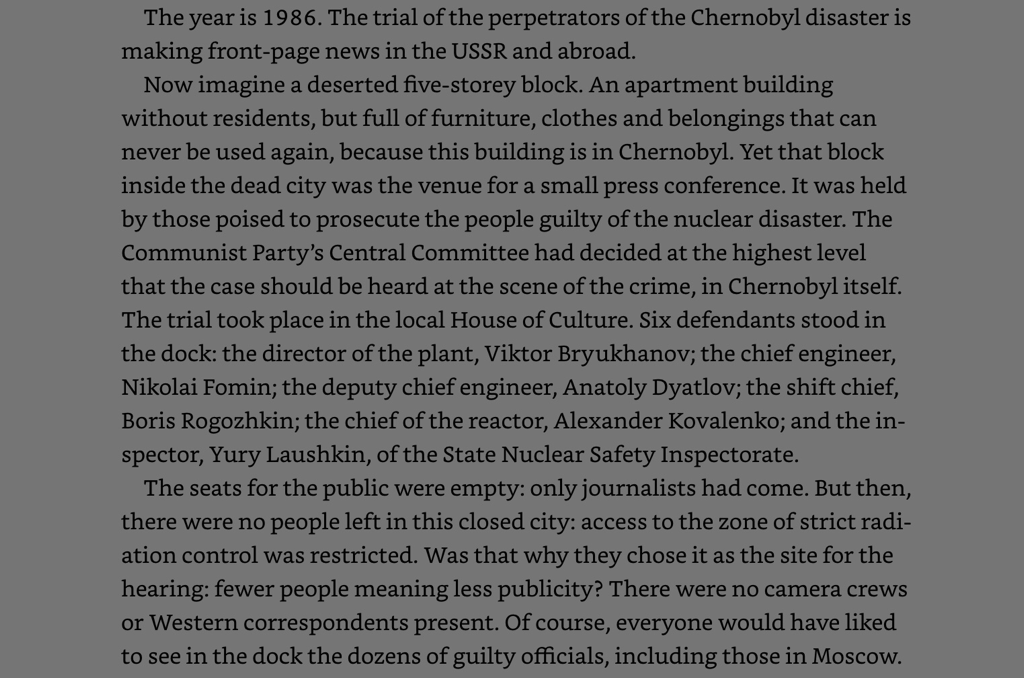
 RSS Feed
RSS Feed
